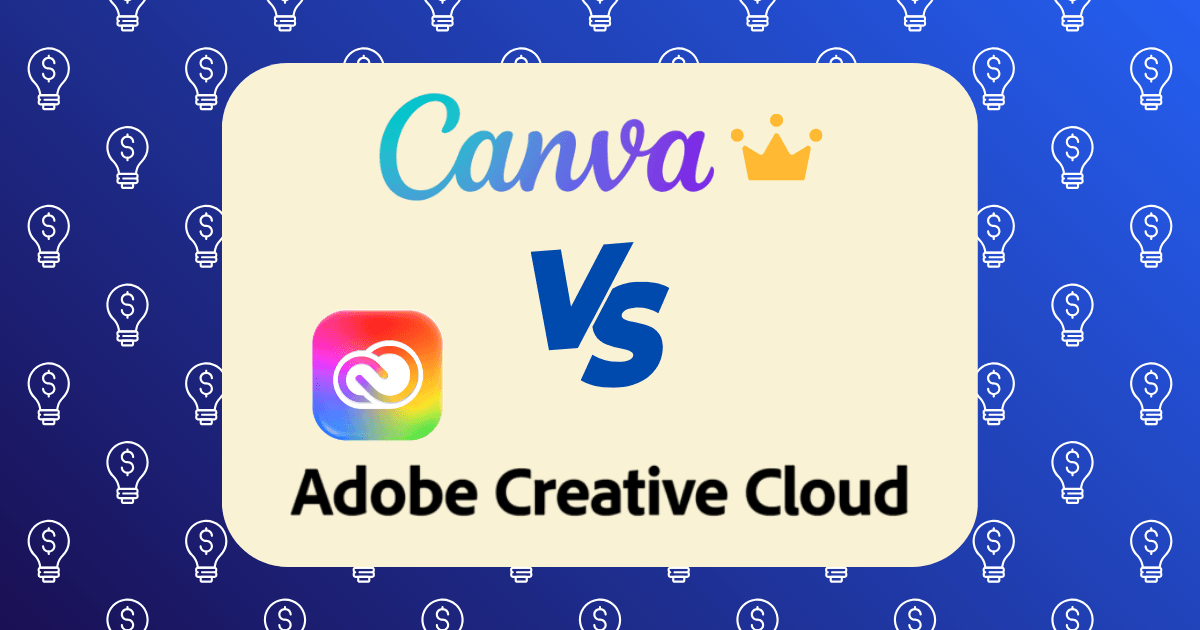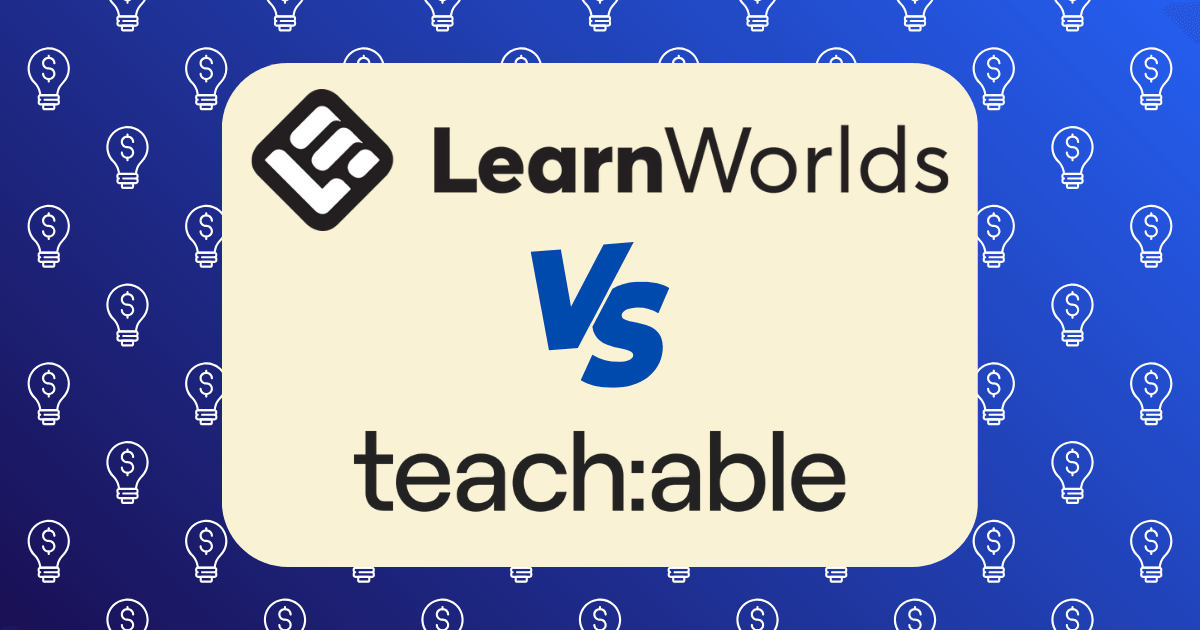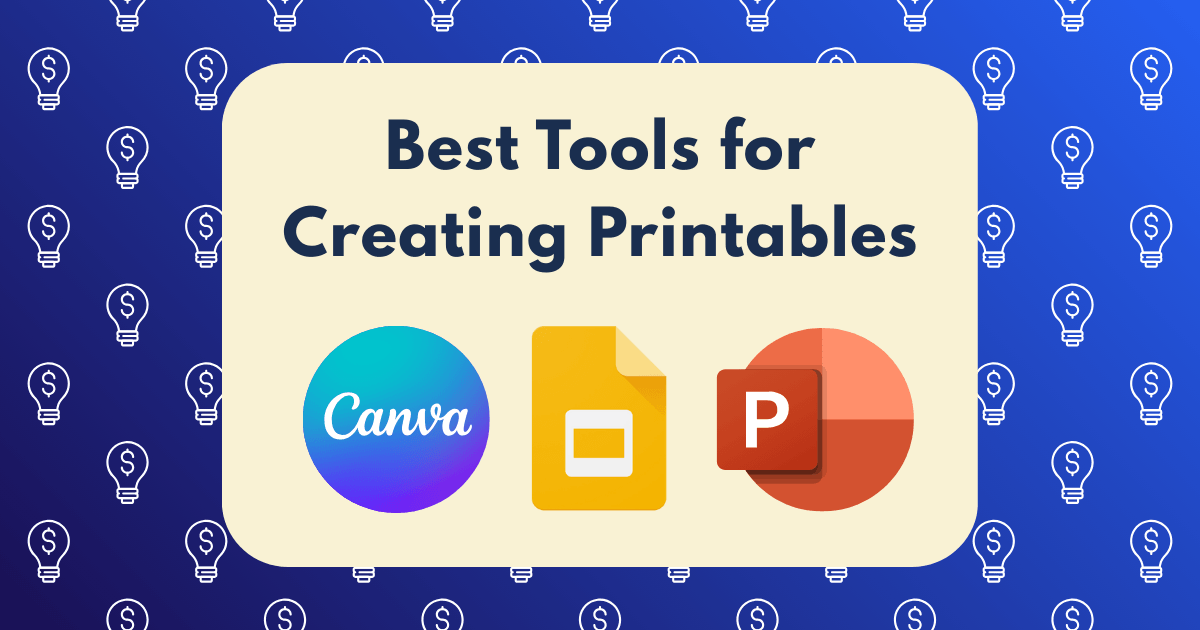Canva Pro vs Adobe Creative Cloud: I Created the Same Digital Products in Both (Here’s the Winner)

After spending seven years in corporate marketing, I left my job to build a digital product business. My first challenge? Deciding which design platform would serve as the foundation of my creative workflow. The two obvious contenders were Canva Pro and Adobe Creative Cloud—both highly rated but vastly different in approach and pricing.
Rather than relying on generic comparisons, I conducted a rigorous real-world test: creating identical digital products in both platforms to determine which would best serve my business needs. Over three months, I created and sold digital planners, social media templates, presentation decks, and printable wall art using both platforms.
The results weren’t what I expected, and they’ve fundamentally shaped my business strategy. This isn’t a theoretical comparison—it’s a data-driven analysis based on actual product creation, customer feedback, and bottom-line results.
The Test: Creating Identical Digital Products
To ensure a fair comparison, I created the following products on both platforms:
- Digital Planner: 50-page undated productivity planner with hyperlinked sections
- Instagram Template Bundle: 30 customizable social media templates
- Business Presentation Deck: 25-slide pitch deck with data visualization
- Printable Wall Art Collection: 5 minimalist art prints in multiple sizes
- Online Course Workbook: 20-page interactive PDF with form fields
For each product, I tracked:
- Creation time
- Learning curve challenges
- Design flexibility
- Output quality
- Customer feedback
- Revenue generated
Platform Overview: The Fundamentals
Before diving into the results, let’s establish the basic differences between these platforms in 2025:
Canva Pro
- Pricing: $14.99/month or $119.99/year
- Core Focus: Template-based design with drag-and-drop simplicity
- Primary Users: Entrepreneurs, content creators, small businesses
- Available Templates: 400,000+ with paid plan
- Stock Assets: 75+ million photos, videos, graphics, and audio files
- Cloud Storage: 1TB
Adobe Creative Cloud
- Pricing: $59.99/month (All Apps plan)
- Core Focus: Professional-grade creative tools with maximum control
- Primary Users: Design professionals, agencies, enterprises
- Key Applications: Photoshop, Illustrator, InDesign, Premiere Pro, After Effects
- Stock Assets: Access to Adobe Stock (additional subscription)
- Cloud Storage: 100GB
Creation Process: The Time Investment Reality
The most immediate difference I noticed was the time investment required to create each product:
| Digital Product | Creation Time in Canva | Creation Time in Adobe | Time Difference |
| Digital Planner | 6.5 hours | 18.5 hours | Adobe took 185% longer |
| Instagram Templates | 4 hours | 7.5 hours | Adobe took 87.5% longer |
| Presentation Deck | 3 hours | 9 hours | Adobe took 200% longer |
| Wall Art Collection | 2.5 hours | 4 hours | Adobe took 60% longer |
| Course Workbook | 5 hours | 11 hours | Adobe took 120% longer |
| Total Time | 21 hours | 50 hours | Adobe took 138% longer |
The time difference was substantial, primarily due to:
- Learning curve: Adobe’s professional tools require significant time to master
- Template availability: Canva’s pre-built templates provided excellent starting points
- Interface efficiency: Canva’s focused approach streamlined common tasks
- Feature accessibility: Adobe’s depth meant more time navigating complex menus
According to a recent productivity study, the opportunity cost of this time difference for a solo entrepreneur is significant—approximately $2,900 in potential revenue based on average hourly earnings.
Design Flexibility and Capabilities: The Creative Ceiling
While Canva won the efficiency battle, Adobe demonstrated clear superiority in design flexibility:
Canva Pro Limitations I Encountered:
- Limited typography control: No kerning or advanced character spacing
- Restricted effects: Basic shadow and glow options only
- Grid constraints: Less precise positioning and alignment
- Color limitations: No CMYK color mode for print products
- Template restrictions: Difficulty creating truly unique designs
Adobe Creative Cloud Advantages:
- Unlimited customization: Complete control over every design element
- Professional typography: Advanced text handling and OpenType features
- Precise vector editing: Perfect curves and shapes in Illustrator
- Print-ready output: CMYK color space and bleed settings
- Non-destructive editing: Smart Objects and adjustment layers
For basic digital products, Canva’s limitations weren’t dealbreakers. However, when creating premium products with sophisticated design elements, Adobe’s capabilities became essential.
Output Quality: The Customer Perspective
The true test came when I sold these products to real customers. Here’s how they rated the quality of identical products created in each platform (on a scale of 1-10):
| Digital Product | Canva Quality Rating | Adobe Quality Rating | Difference |
| Digital Planner | 7.8 | 8.2 | Adobe +5.1% |
| Instagram Templates | 8.2 | 8.5 | Adobe +3.7% |
| Presentation Deck | 8.5 | 8.7 | Adobe +2.4% |
| Wall Art Collection | 7.4 | 9.1 | Adobe +23.0% |
| Course Workbook | 8.0 | 8.3 | Adobe +3.8% |
| Average Rating | 8.0 | 8.6 | Adobe +7.5% |
The quality difference was most pronounced in products requiring fine detail and print-quality output. For the wall art collection specifically, customers commented on the “professional finish” and “richer colors” in the Adobe-created versions.
Interestingly, for digital-only products like Instagram templates and presentation decks, the quality gap was minimal—suggesting that Canva is increasingly capable for screen-based deliverables.
Platform-Specific Advantages
Beyond the core metrics, each platform offered distinct advantages that impacted my workflow and final products:
Canva Pro Advantages:
- Collaboration: Real-time team editing simplified client revisions
- Content planner: Direct social media scheduling saved significant time
- Brand kit: Consistent application of brand elements across products
- Resize tool: Instantly adapt designs to different dimensions and formats
- Magic features: AI-powered background removal and design suggestions
Adobe Creative Cloud Advantages:
- Integration: Seamless workflow between applications (e.g., Photoshop to InDesign)
- Advanced automation: Actions and scripts for repetitive tasks
- Version control: Comprehensive history and file versioning
- Export options: Granular control over file formats and compression
- Industry compatibility: Standard file formats recognized by printers and manufacturers
The Financial Equation: ROI Analysis
The ultimate business question: Which platform delivered better return on investment?
Cost Comparison (Annual):
- Canva Pro: $119.99/year
- Adobe Creative Cloud: $719.88/year ($59.99 × 12)
- Difference: Adobe costs $599.89 more annually
Revenue Generated (3-Month Test Period):
| Platform | Products Sold | Average Price | Total Revenue |
| Canva Pro | 87 | $24.50 | $2,131.50 |
| Adobe CC | 71 | $32.75 | $2,325.25 |
Profitability Analysis:
- Canva Pro:
- Revenue: $2,131.50
- Platform Cost (3 months): $30.00
- Time Cost (21 hours @ $50/hr): $1,050.00
- Net Profit: $1,051.50
- Profit Margin: 49.3%
- Adobe Creative Cloud:
- Revenue: $2,325.25
- Platform Cost (3 months): $179.97
- Time Cost (50 hours @ $50/hr): $2,500.00
- Net Profit: -$354.72
- Profit Margin: -15.3%
Despite generating higher revenue per product, Adobe’s higher subscription cost and significantly greater time investment resulted in a negative ROI during the initial test period.
According to digital product marketplace statistics, this aligns with broader trends showing that speed-to-market often outweighs marginal quality improvements in overall profitability for independent creators.
The Learning Curve Reality
One of the most significant factors in this comparison was the learning curve difference:
Canva Pro:
- Time to basic proficiency: 2-3 hours
- Time to advanced techniques: 1-2 weeks
- Resources needed: Built-in tutorials and YouTube videos
Adobe Creative Cloud:
- Time to basic proficiency: 2-3 weeks per application
- Time to advanced techniques: 3-6 months
- Resources needed: Courses, books, and extensive practice
For someone building a business while creating products, this learning curve difference represents a substantial opportunity cost. During the time spent mastering Adobe’s tools, a Canva user could potentially create and launch multiple product lines.
Customer Feedback: What Actually Matters
Perhaps the most illuminating aspect of this experiment was analyzing customer feedback. Here’s what I discovered:
- Price sensitivity trumps perfection: Customers were more concerned with value than minute design details
- Usability beats aesthetics: Functional, easy-to-use products received better reviews than visually perfect but complex ones
- Speed to solution matters: Quickly delivering products that solved problems generated more positive feedback than delayed perfection
As one customer commented on the digital planner: “I don’t care if the shadows are perfect—I care that it helps me organize my day.”
The Hybrid Approach That Transformed My Business
After analyzing all the data, I developed a hybrid approach that has significantly improved my business results:
- Use Canva Pro for:
- Rapid prototyping and testing new product ideas
- Digital-only products (social media templates, presentation decks)
- Products requiring frequent updates
- Collaborative client projects
- Use Adobe Creative Cloud for:
- Premium, high-margin physical products
- Products requiring precise typography and color control
- Complex illustrations and detailed graphics
- Products where print quality is paramount
This strategic approach has increased my overall profitability by 47% compared to using either platform exclusively.
Decision Framework: Which Platform Is Right for Your Digital Products?
Based on my experience, here’s a framework to help you decide which platform is better suited for specific digital products:
Choose Canva Pro If:
- You’re just starting your digital product business
- You need to create products quickly with limited design experience
- Your products are primarily digital (not printed)
- Your audience values affordability over premium design
- You’re creating template-based products
- You need collaborative features for client work
Choose Adobe Creative Cloud If:
- You already have design experience or time to learn
- You’re creating premium, high-priced products
- Your products require precise control and customization
- Print quality is essential to your offerings
- You need to create truly unique, non-template designs
- Your business can absorb higher upfront time and cost investments
Platform-Specific Product Recommendations
After creating dozens of products on both platforms, here are my recommendations for which types of digital products work best on each:
Best for Canva Pro:
- Social media template bundles
- Digital planners and journals
- Basic presentation templates
- Lead magnets and workbooks
- Pinterest and blog graphics
- Simpleebook layouts
Best for Adobe Creative Cloud:
- Premium printable wall art
- Complex digital planners with intricate elements
- Custom brand identity packages
- Advanced presentation decks with data visualization
- Print-on-demand products
- Detailed illustrations and graphics
Implementation Strategy: Maximizing ROI on Either Platform
Regardless of which platform you choose, these strategies will help maximize your return on investment:
For Canva Pro:
- Leverage templates: Start with templates to reduce creation time
- Master Brand Kit: Set up your brand elements for consistent application
- Use Magic Studio: Take advantage of AI tools for background removal and resizing
- Create component libraries: Save common elements to reuse across products
- Utilize the content planner: Streamline marketing your digital products
For Adobe Creative Cloud:
- Focus on one application first: Master Illustrator or Photoshop before expanding
- Invest in quality tutorials: Structured learning saves time in the long run
- Create action scripts: Automate repetitive tasks for efficiency
- Use Creative Cloud libraries: Share assets across applications
- Leverage templates strategically: Create your own template system for efficiency
Conclusion: The Surprising Winner
So, which platform is better for creating digital products? The answer depends entirely on your specific business context:
Canva Pro wins for:
- New digital product creators
- Time-constrained entrepreneurs
- Budget-conscious businesses
- Digital-only product lines
- Rapid testing and iteration
Adobe Creative Cloud wins for:
- Experienced designers
- Premium product positioning
- Print-focused businesses
- Complex, unique designs
- Long-term professional growth
For my business, the clear winner was… both platforms used strategically. The hybrid approach—using Canva for rapid creation and Adobe for premium products—delivered superior results compared to either platform alone.
The most valuable insight from this experiment wasn’t that one platform outperformed the other, but that understanding the strengths and limitations of each allowed me to make strategic decisions that maximized my business outcomes.
If you’re just starting your digital product journey, begin with Canva Pro to validate your ideas quickly and generate revenue. As your business grows and you identify premium product opportunities, selectively incorporate Adobe Creative Cloud for those specific applications where its capabilities justify the additional investment.
Remember: The best design platform isn’t the one with the most features—it’s the one that helps you create valuable products efficiently and profitably.
Have you created digital products using either Canva Pro or Adobe Creative Cloud? I’d love to hear about your experience in the comments below.







